Question 24
(Multiple Choice)
The lateral diffusion of a plasma membrane protein has been studied using the fluorescence recovery after photobleaching (FRAP) technique in a cell under normal conditions, and the following plot has been obtained. Under a different condition (e.g. when a signaling pathway is turned on), the protein binds to a few other proteins and protein complexes in the plasma membrane. As a result, its lateral diffusion coefficient is reduced and a significant fraction of the molecules of this protein are immobilized in large aggregates. How would you expect the FRAP curve to change under these new conditions? The dotted line in each graph is the original curve shown for comparison. 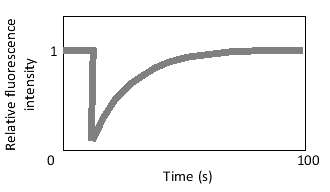
A)
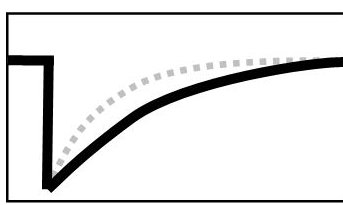
B)
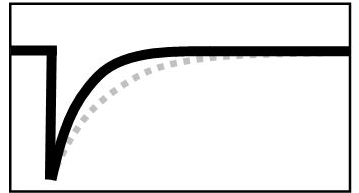
C)
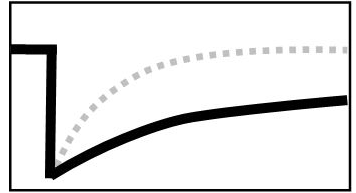
D)
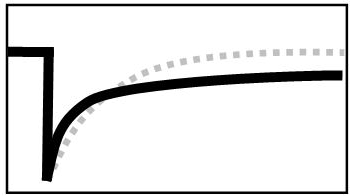
E)
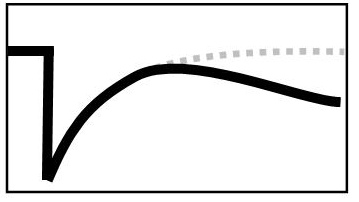
Answer